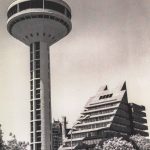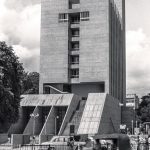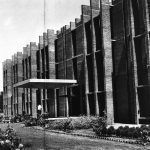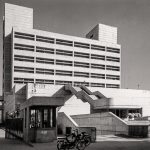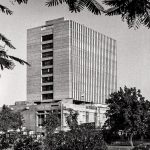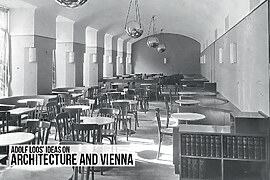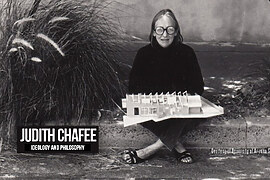Hasmukh Patel, a pioneer of contemporary Indian architecture passed away on January 20, 2018, at the age of eighty-four He was once one of the most profitable architects and teachers of the post-Independence era. He established the Ahmedabad-based architectural association HCP Design, Planning and Management Pvt. Ltd.’ which is now led by his son and renowned architect Bimal Patel.
Hasmukh Patel has contributed appreciably to modern structure in India in a career spanning more than 5 decades. In addition to his professional obligations he has served as Honorary Director at the School of Architecture, CEPT, Ahmedabad from 1972 to 1981 and Dean from 1978 to 1981. He was also a travelling professor at the University of British Columbia, Vancouver, and the University of Bristol, UK.
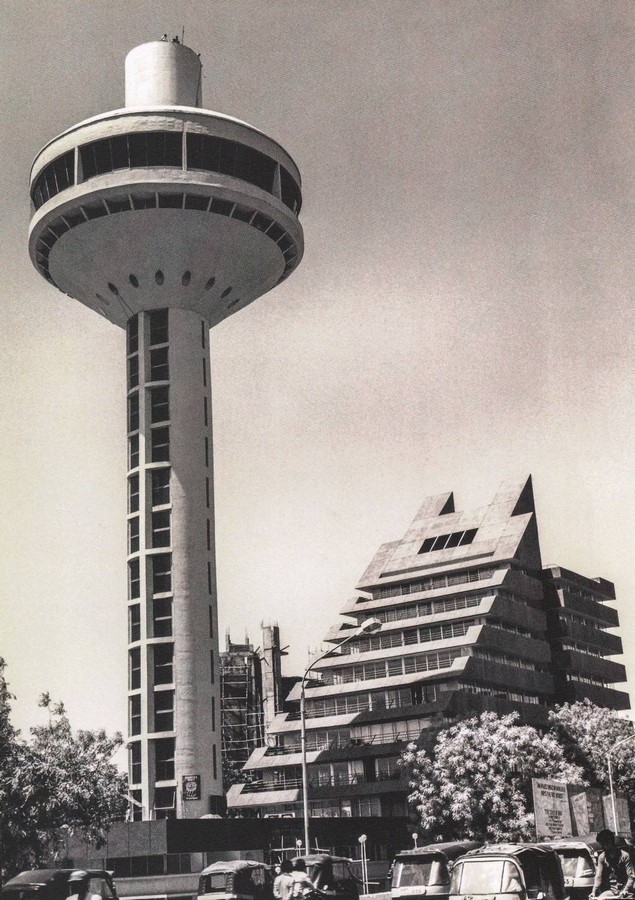
Hasmukh Patel was born on December 7, 1933, in village Bhadran, District Anand, Gujarat and his father wanted him to be an architect As per his desires, Hasmukh Patel joined the Department of Architecture at Maharaja Sayajirao University, Baroda to learn about a Bachelor’s diploma in Architecture. Thereafter, he left for the USA to do a master’s in structure from Cornell University. After graduating in1959, He travelled notably inside the USA to go to the works of the masters like Mies Van der Rohe, Frank Lloyd Wright, Louis Sullivan et.al.
Since Hasmukh Patel used to be now not interested to settle in the USA, he lowers back to India to set up his architectural practice and simultaneously listen to the teaching. Patel’s exercise grew over the years despite a struggling length at the preliminary stages. He gave Ahmedabad many iconic structures that stood out in the city’s skyline. His exercise was once always held in excessive regard by clients, colleagues, and contributors of the building trade for fairness, excessive standards of building, and professionalism.
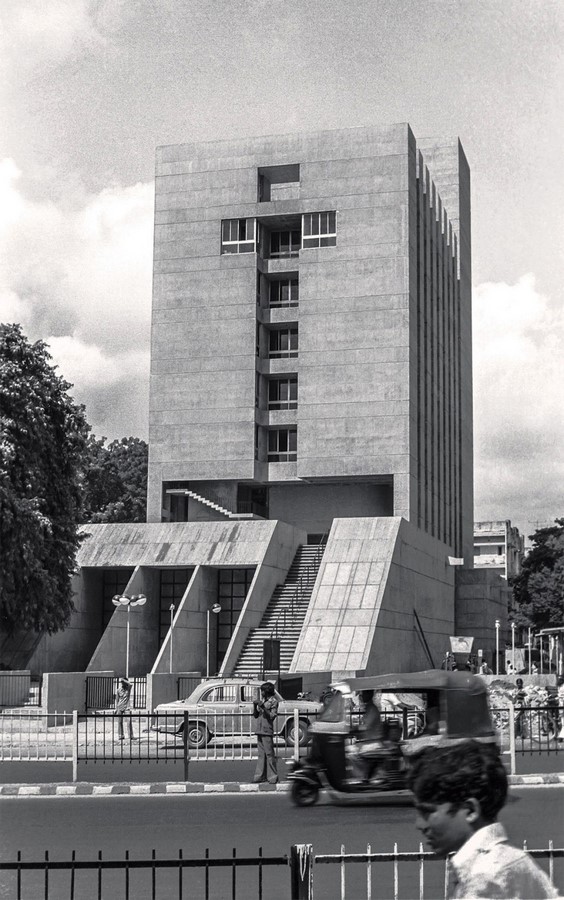
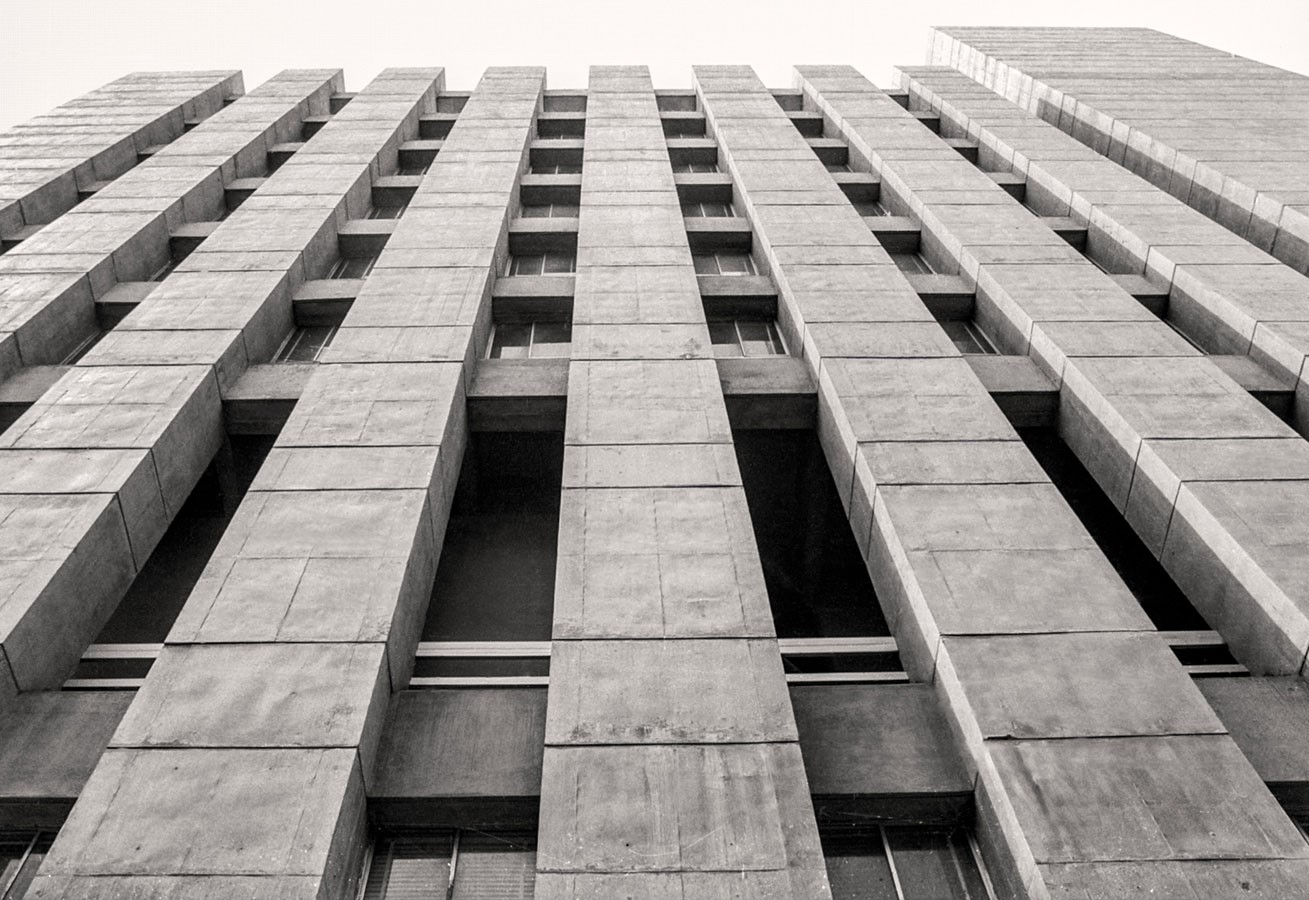
Hasmukh Patel’s work blanketed a numerous variety of initiatives – townships, industrial units, hotels, hospitals, housing, public buildings, business complexes, tutorial institutes, cinemas, and sports activities facilities. Some of his most conventional constructions consist of the St Xavier’s Primary School, the State Bank of India, Dena Bank, Reserve Banks of India, Newman Hall, Bhaikaka Bhawan, and Shyamal Row Houses – all in Ahmedabad. But his works in Bihar, Udaipur, Bharuch, Mokasan, Kolkata, and Rajkot are just as remarkable. Patel’s works have been featured in several journals and books for the duration of the globe, such as in India, UK, USA, France, and Italy.
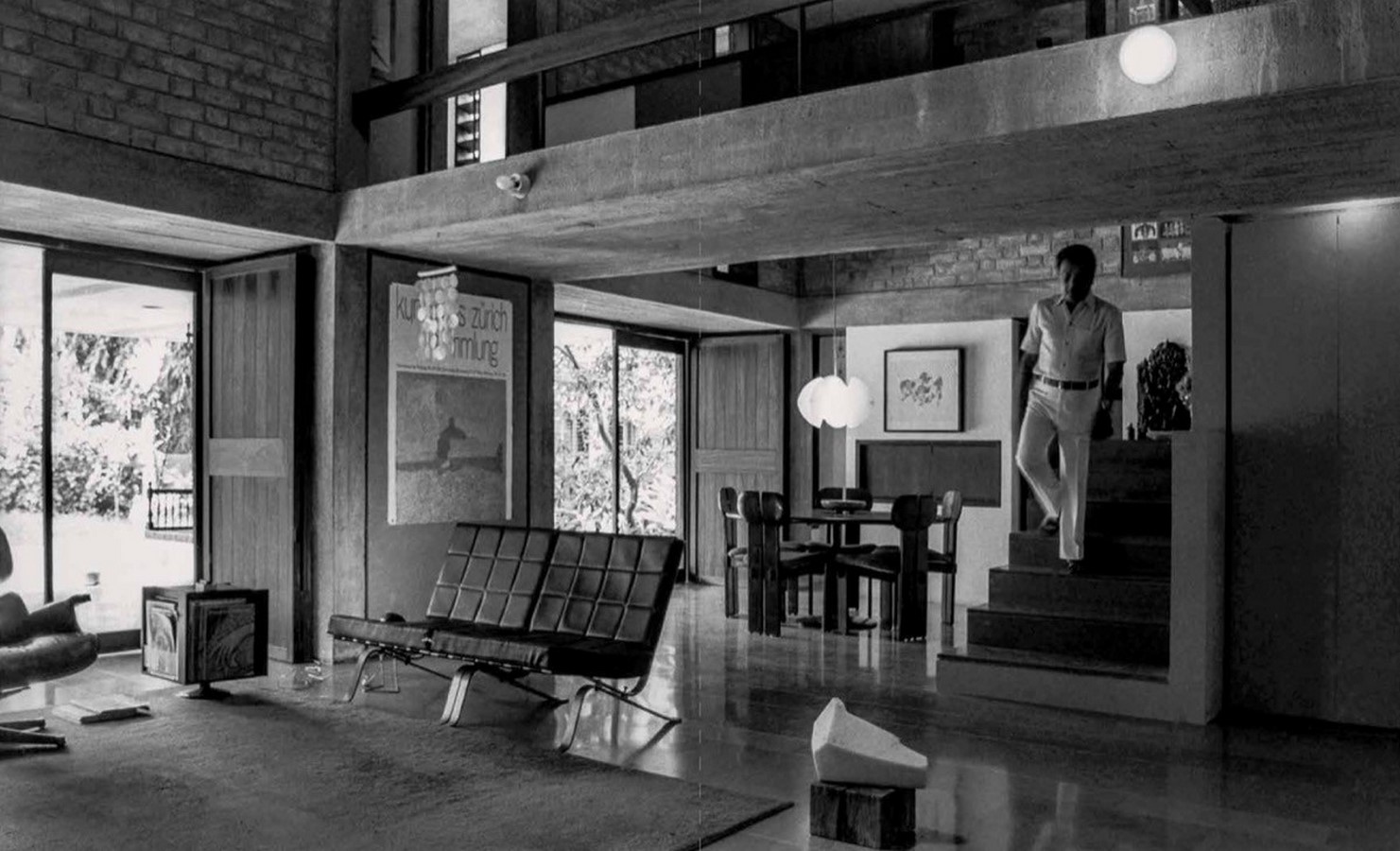
Ideology and Philosophy | Hasmukh Patel
Hasmukh Patel’s architectural practice spanned 4 decades, from the early 1960s to the mid-2000s.During this period, he designed over 300 structures of many types: private bungalows, theatres,speculative workplace buildings, apartments, banks, schools, religious buildings, factories, and many others. Many of his structures are well known and deeply admired, and Patel’s structure is widely acknowledged to have helped outline contemporary architecture in post-Independence India.
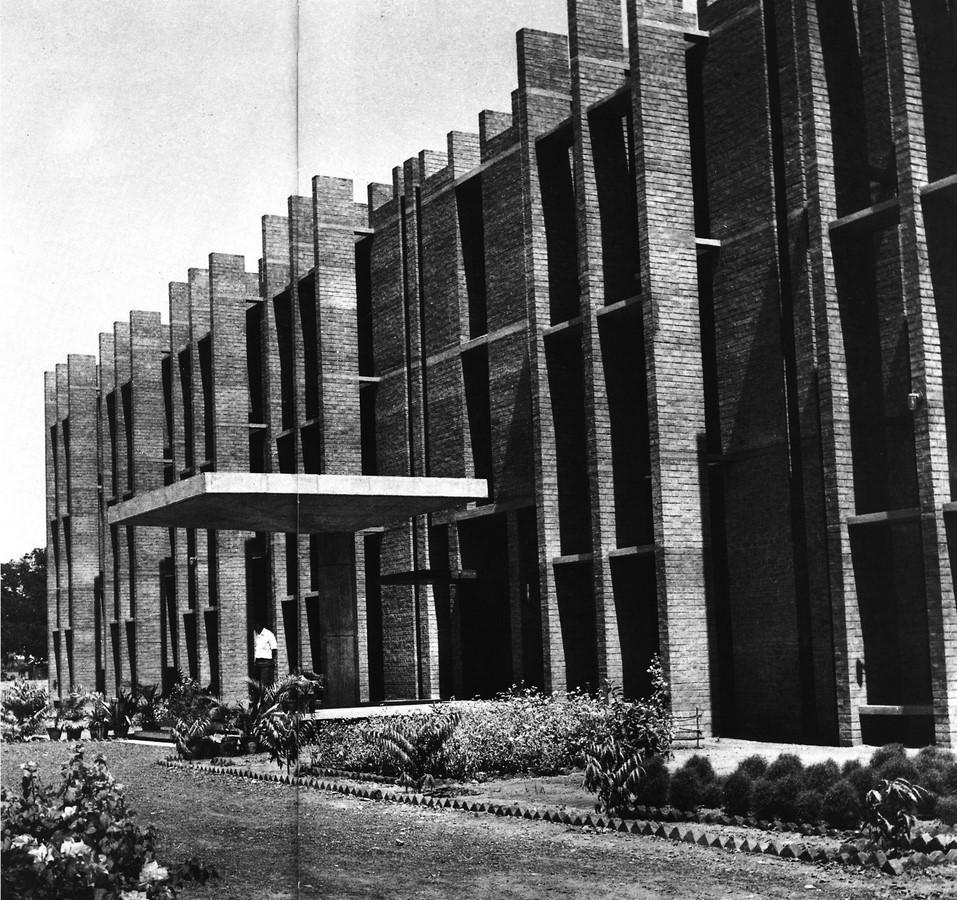
Patel did not often talk about his architectural philosophy. When he did speak, he preferred to focus on how his constructions pragmatically solved the practical problems that customer necessities or the technicalities of building construction posed. Perhaps as a consequence of this, he is admired first and foremost as a conscientious and skillful professional, and his architecture is applauded for being deeply pragmatic and nicely constructed. As the tasks right here show, Patel relished exploring how the many programmatic and technological challenges that his broadly differing projects posed to him could be creatively, deftly, and economically tackled. In his designs, he explored how, by supplying the right facilities and suitable layouts, typical Gujarati families should be made comfortable in their new modern-day houses. In his banks and workplace constructions he explored how they could be functionally and logically organised, how the motion of people within them may want to be made most environment friendly and their layouts most coherent, and how the use of space ought to have the best economization.
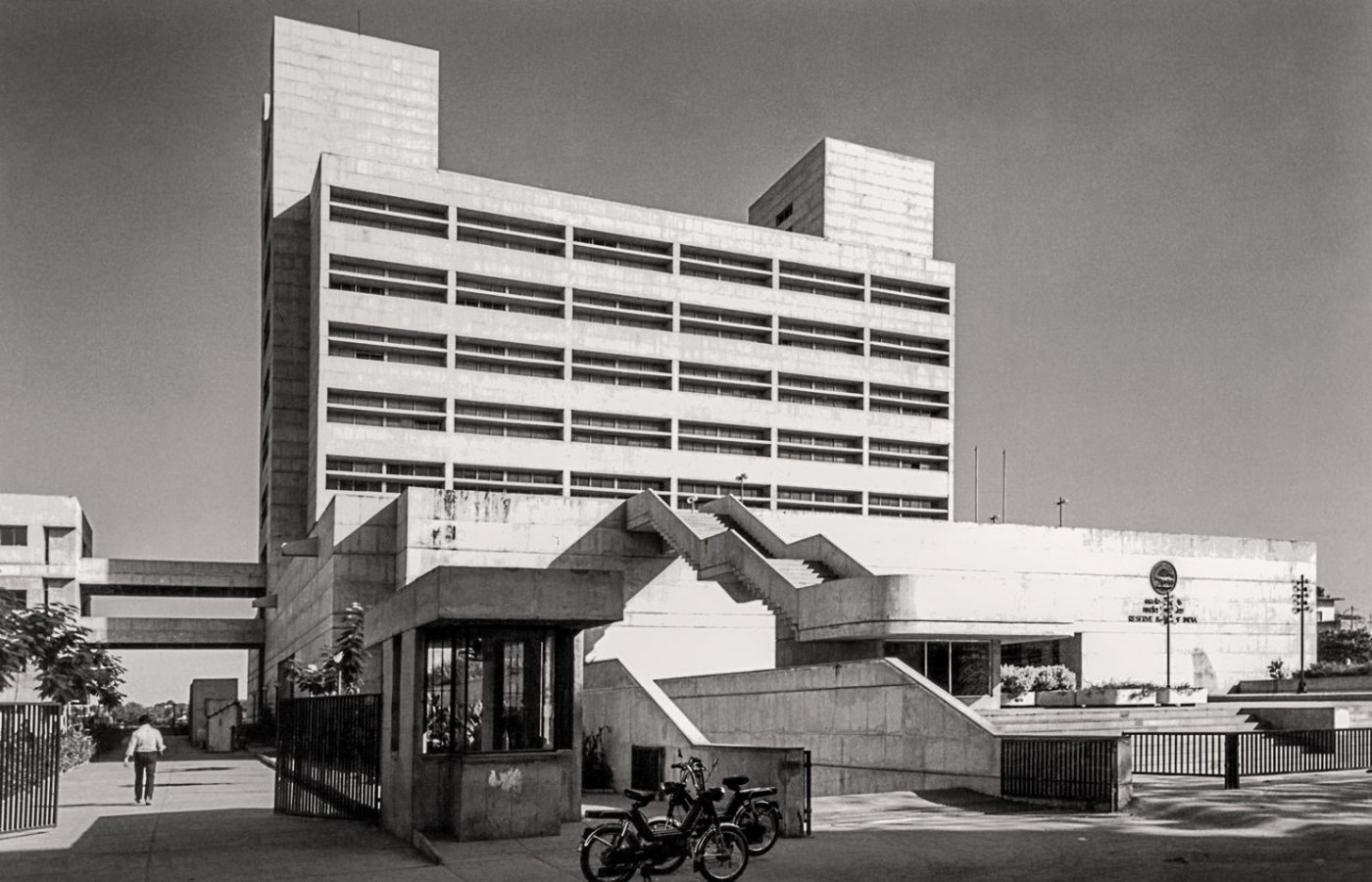
When designing mixed-use developments for real estate developers, he explored how newly emergent desires for business and retail spaces may want to be met in a useful and commercially viable manner. In his row houses and apartments, he explored how developers should supply comfortable housing that met the aspirational needs of middle-class households at a lower-priced cost.In all his projects, he kept in idea how top construction, climatically right constructing orientation,adequate natural light and airflow, and other such facets should be used to make buildings comfortable and economical. Skillful resolution of sensible issues used to be at the heart of Patel’s architectural endeavour.
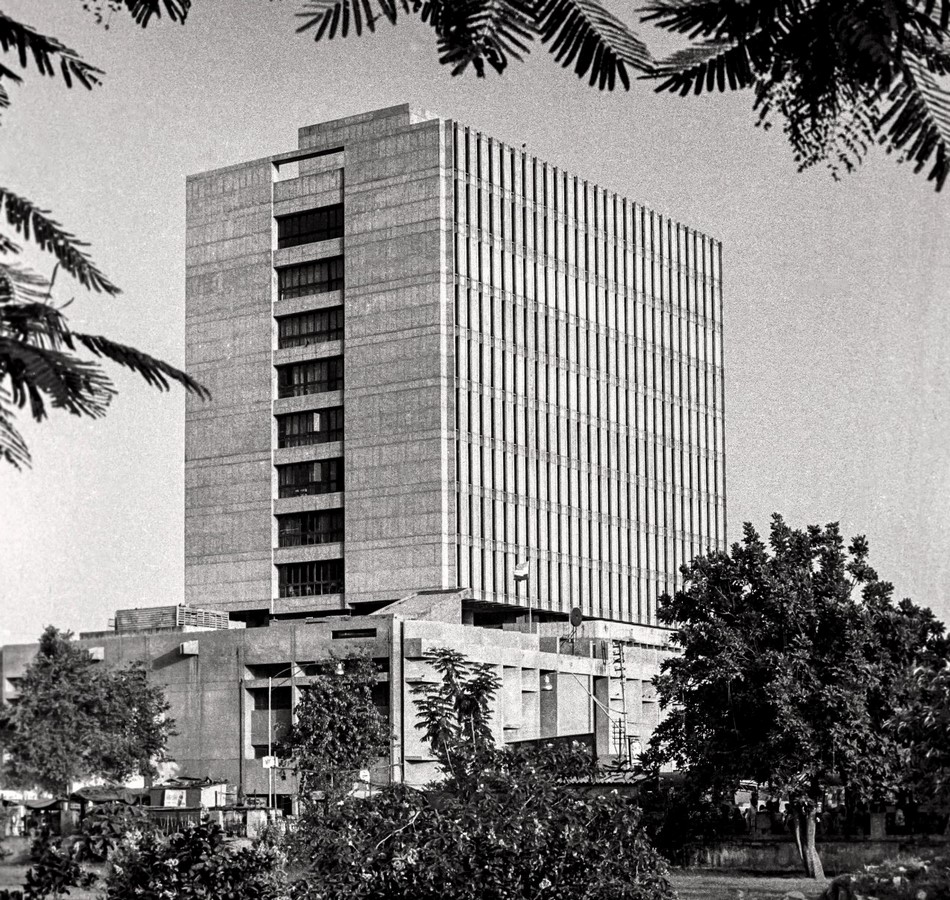
Patel rarely, if ever, mentioned his aesthetic quest or his architectural style. Yet, his designs, besides being explorations in pragmatic trouble solving, have been additionally investigations in aesthetics and style.They explored how complicated programmatic necessities could be cleverly met through plans that were strikingly clear, noticeably rational, aesthetically spare, and geometrically stylish diagrams. They investigated how form, proportion, placement, colour, and other such devices could be used to make the austere and summary language of modern architecture intuitively comprehensible and aesthetically pleasing.
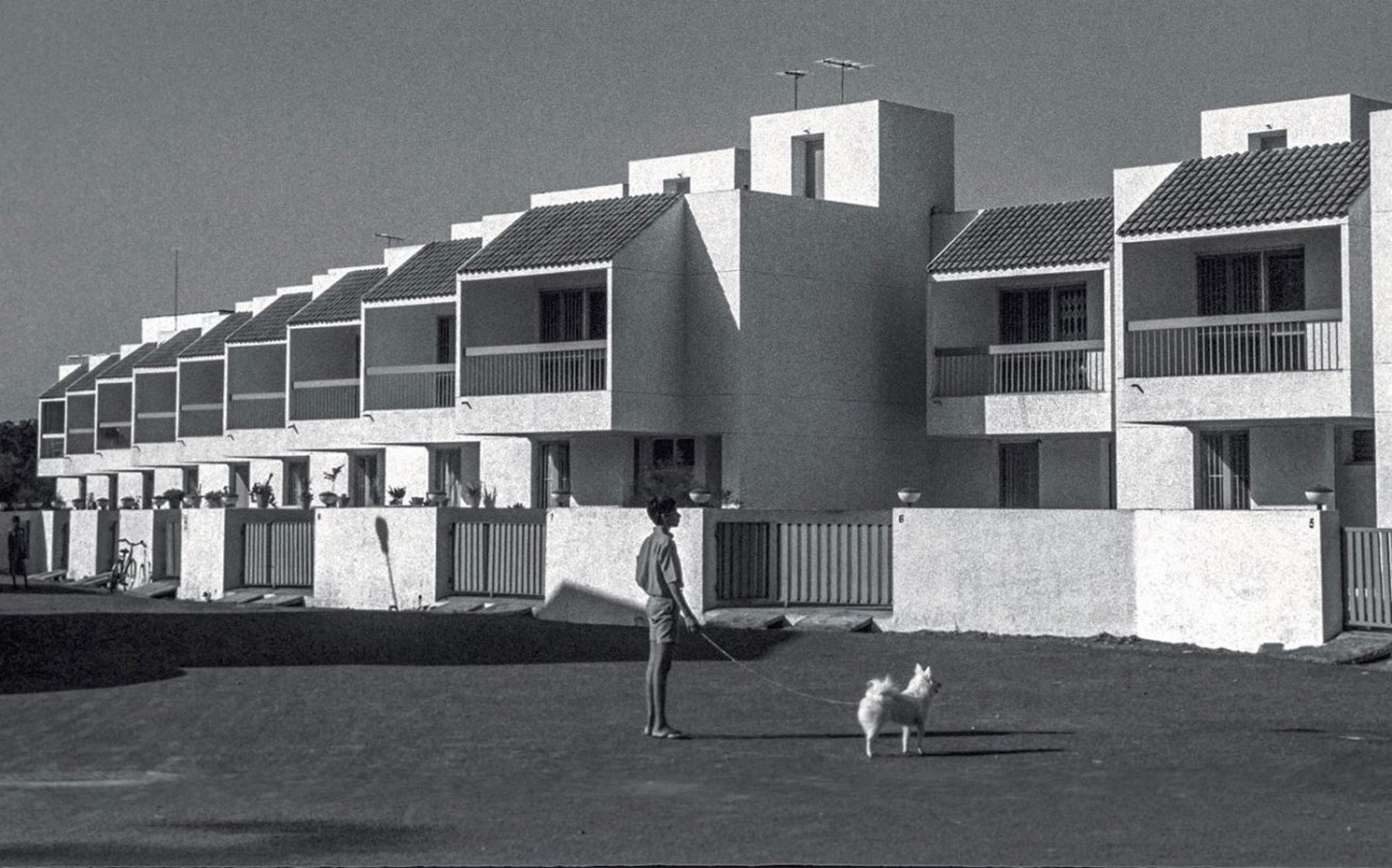
References:
- https://worldarchitecture.org/architecture-news/cmhzz/hasmukh_c_patel_a_pioneer_of_modern_indian_architecture_passed_away.html
- Book: The Architecture of Hasmukh C. Patel








